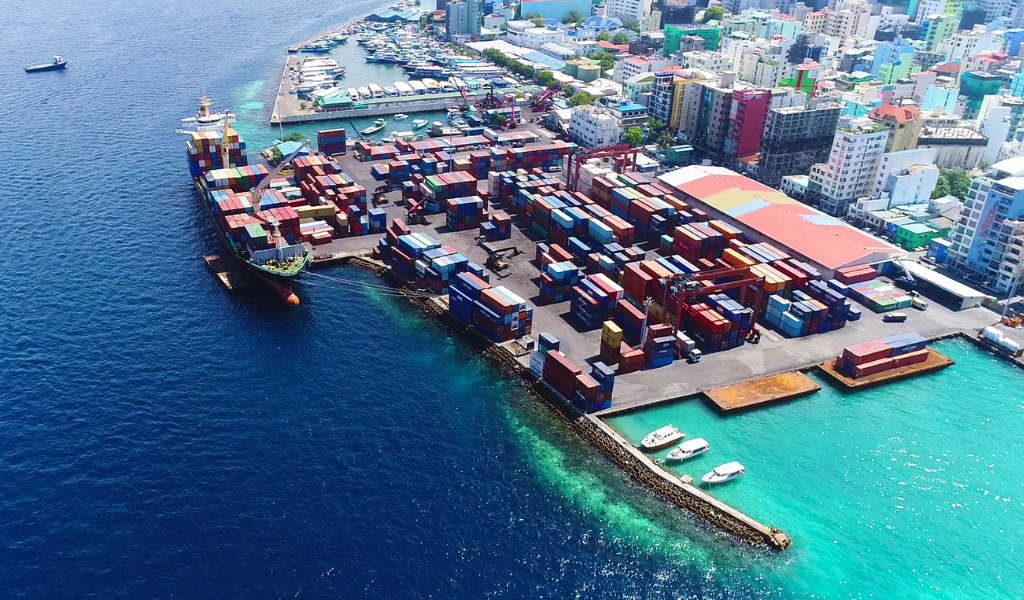
Maldives’s main exported goods
The Maldives, an island nation in the Indian Ocean, has a unique export economy heavily influenced by its geographic location and natural resources. Despite being a small country, it plays a significant role in the global seafood market, particularly through its fishing industry.
1. Seafood Exports
The Maldives is renowned for its abundant marine resources, with fish products accounting for the majority of its exports. Tuna is the primary export, including fresh, frozen, canned, and processed forms. The country’s waters are rich in yellowfin and skipjack tuna, which are highly sought after in international markets such as Japan, the European Union, and the United States. Traditional Maldivian dried tuna (Maldive fish) is another important export product used as a culinary ingredient in South and Southeast Asian cuisines.
2. Processed Fish Products
The Maldives has a growing industry of processed fish products, including smoked and vacuum-packed fish. These products cater to niche markets that demand high-quality and sustainably sourced seafood. The nation promotes pole-and-line fishing, which is considered environmentally friendly and ensures sustainable fishing practices.
3. Tourism-Related Goods
Although tourism dominates the Maldivian economy, it indirectly supports the export of related goods. The country exports souvenirs and handcrafted items such as shell ornaments, lacquerware, and mats, which are often purchased by international visitors and subsequently sold abroad.
4. Marine Products
In addition to seafood, the Maldives exports other marine-derived products like sea cucumbers and shark fins. These items are particularly popular in East Asian markets, where they are used in traditional cuisine and medicine.
5. Coconut-Based Products
Coconut palms are abundant in the Maldives, and the country exports limited quantities of coconut-based products such as coir (coconut fiber), copra (dried coconut meat), and coconut oil. These products are valued for their versatility and are used in industries ranging from cosmetics to food processing.
6. Agricultural Exports
Due to limited arable land, agricultural exports from the Maldives are minimal. However, the country occasionally exports small quantities of fruits like papayas and bananas, grown locally on inhabited islands and resorts.
7. Coral and Sand
Historically, coral and sand were exported, but environmental concerns and international regulations have largely curtailed these activities. The government now focuses on sustainable use and preservation of natural resources.
Challenges and Opportunities
The Maldivian export economy faces challenges such as reliance on a few products, environmental risks, and logistical constraints due to its geographic dispersion. However, the country’s emphasis on sustainability and quality helps position its exports favorably in niche markets. Efforts to diversify exports and improve value addition, such as expanding processed seafood production, are expected to strengthen the export sector.
In summary, the Maldives’ exports are characterized by its reliance on marine resources, particularly tuna and other fish products. While limited in diversity, the country’s commitment to sustainable practices and high-quality production allows it to maintain a competitive edge in the global market.



Leave a Reply